Full-Stack Java Training Online
Comprehensive training in Full-Stack Java development covering front-end, back-end, and database technologies.
Course Highlights
Skills You'll Gain
- Master HTML5, CSS3, and JavaScript for front-end development
- Learn Bootstrap for responsive web design
- Understand JavaScript and jQuery for interactive web applications
- Work with AJAX and JSON for asynchronous communication
- Implement ES6 features and TypeScript
- Develop applications using AngularJS and ReactJS
- Build complete full-stack Java applications
Our Graduates Work At


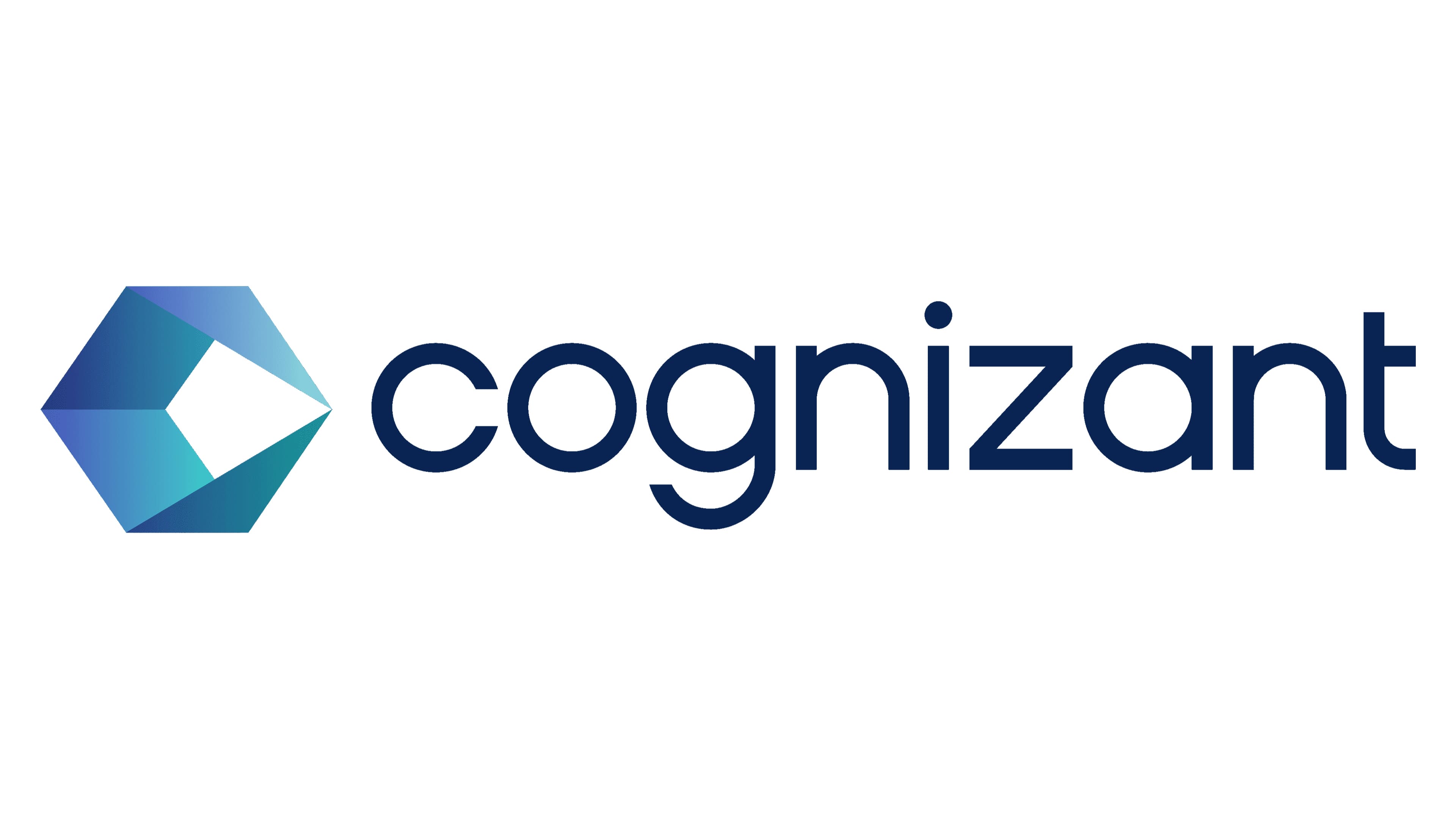
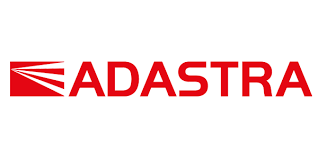

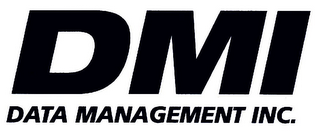
Course Curriculum
- Html Introduction And Its Use In Websites
- Introduction Of Html
- Differences Between Html4 & Html5
- Elements / Tags
- Attributes And With Practical Examples
- Forms
- Tables
- Audio And Video
- Html5 New Elements
- Css Introduction And Its Use In Websites
- Css Implementations In Html
- Animation Properties
- Background Properties
- Text Properties
- Layout Properties
- Selectors
- Elements
- Attributes
- Psuedo Classes
- Animation Effects
- Bootstrap Basic
- Fixed Layouts
- Responsive Layouts
- Tables
- Images
- Buttons
- Forms
- Glypicons
- Navigations
- Breadcrumbs
- Dropdowns
- Paginations
- Helper Classes
- Modal Dialog Boxes
- Carousels
- Introduction
- Basic Concepts
- Conditional Statements
- Loop Statements
- Functions
- Dom And Event Handlers
- Working With Forms
- Object Oriented Programming
- Advanced Concepts – Prototype, Closures, Apply(), Call() Etc.
- Introduction
- Basic Concepts
- Conditional Statements
- Loop Statements
- Functions
- Dom And Event Handlers
- Working With Forms
- Object-Oriented Programming
- Advanced Concepts – Prototype, Closures, Apply(), Call() Etc.
- $.Ajax() Method
- Jqxhr (Jquery Xmlhttprequest) Vs. Xhr (Xmlhttprequest)
- Invoking Jquery Ajax Http Methods
- Synchronous Vs. Asynchronous Communication
- Jquery Ajax Global Event Handlers
- Introduction
- Json Vs Xml
- Json Object
- Json Array
- Ajax Json
- Let, Var, Const
- Arrow Functions
- Default Parameters
- For Loop
- Spread Attributes
- Maps
- Sets
- Static Methods
- Getters And Setters
- Single Page Apps VS Conventional Web Applications
- Where Angular Fits
- Angular-9 is arrived (what's new)
- What Is Bootstrap?
- Bootstrap File Structure
- Basic HTML Template
- Global Styles
- Default Grid System
- Fluid Grid System
- Bootstrap CSS
- Typography
- Code
- Tables
- Forms
- Buttons
- Images
- Icons
- Templates
- Bindings
- Event Bindings
- Two-way Binding
- Class and Style Bindings
- Built-in Directives
- Component Data Binding
- Component Events
- Ng-model
- Introduction to webpack/systemJS
- Reactjs Introduction
- Installation / Setup An Environment
- Displaying An Output
- Working With Loops
- Working With Inline, External Styles
- Naming Convention - Classname - Class = '...'
- Event Handling
- User-Defined Methods
- Property Binding
- Routing
- Working With Forms And Instant Field Validation
- Working With File Upload
- Working With Rest Api's

Have Questions?
Book a free consultation with our experts
ICLP Certification
Earn a recognized credential that validates your technical expertise and opens doors to new career opportunities.
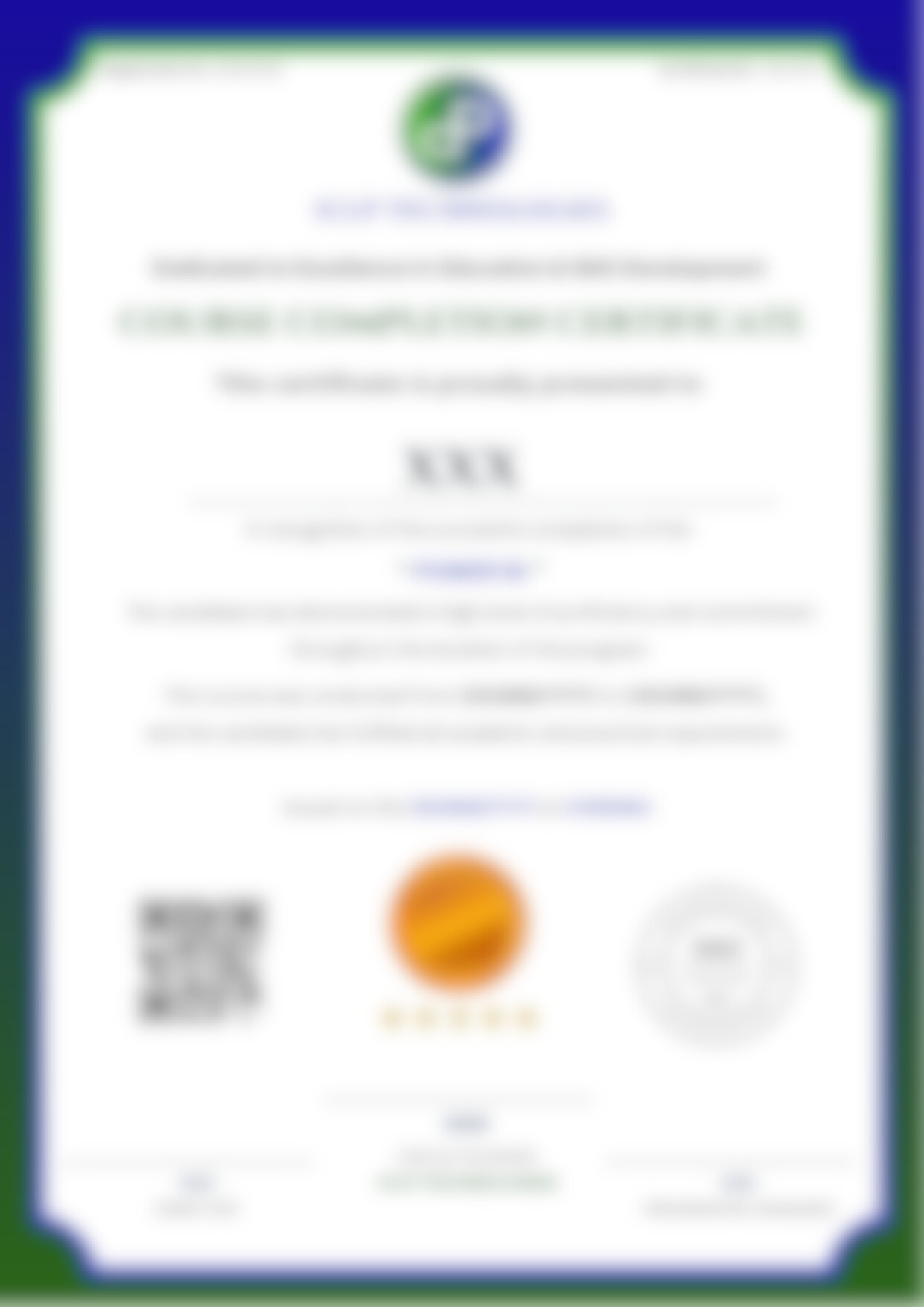
Why Learn Full-Stack Java Training Online?
- Comprehensive coverage of front-end and back-end technologies
- Hands-on experience with modern web development tools
- Strong foundation in Java enterprise development
- Integration of popular frameworks like Spring and Hibernate
- Practical knowledge of database management
- Understanding of RESTful API development
- Version control with Git
- Deployment and hosting strategies
- Exposure to front-end frameworks like React
- Testing and debugging skills
Our Hiring Partners
Top companies where our graduates work







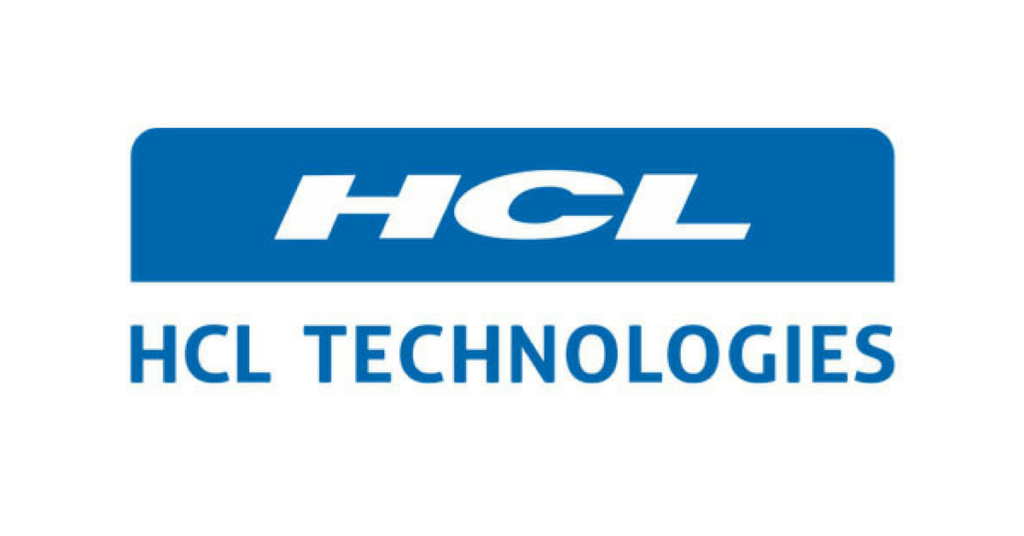
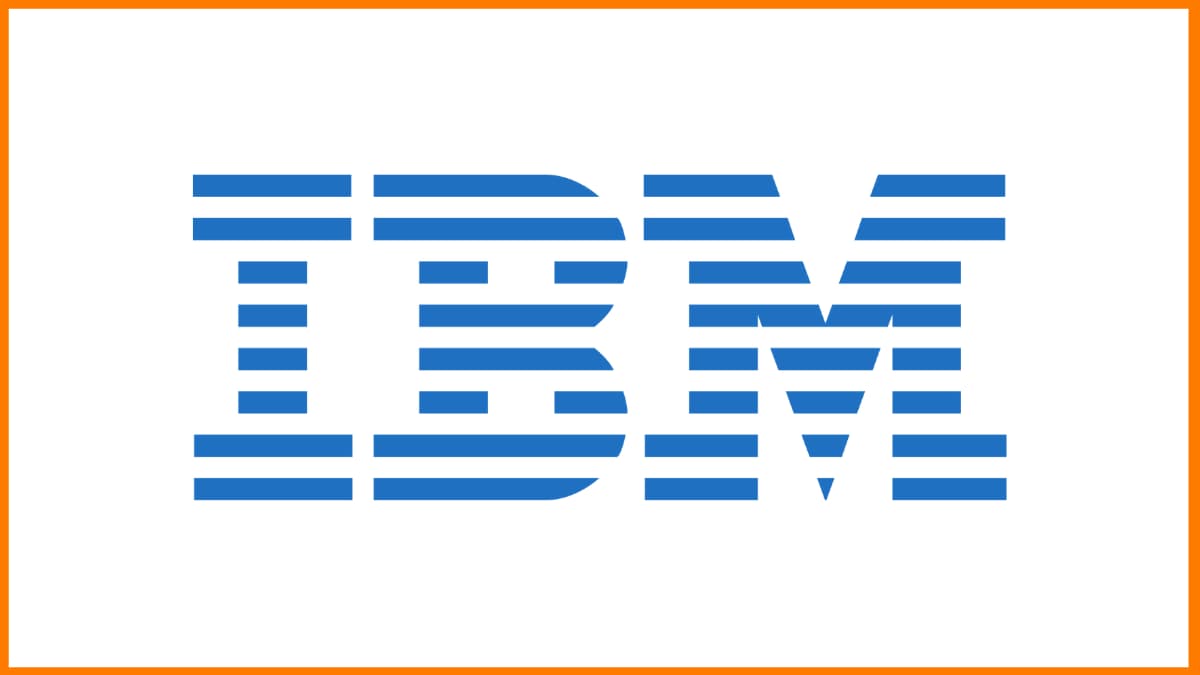

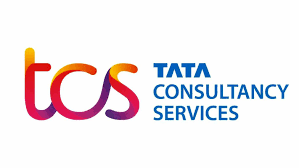

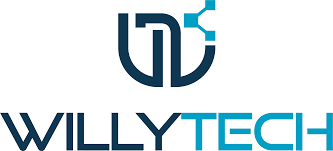
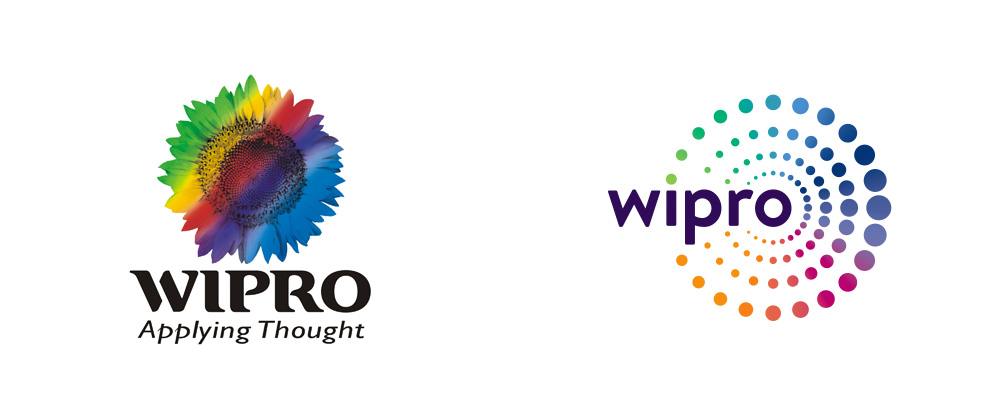
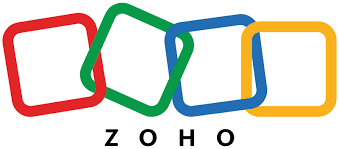
Reviews
Average rating: 4.8/5 (1,000+ learners)
Full-Stack Java Training Online FAQs
Find answers to common questions about this course
Full-Stack Java Training covers both front-end and back-end development using Java and related technologies like HTML, CSS, JavaScript, and frameworks like Angular and React. It’s ideal for building comprehensive web applications and offers versatile career opportunities.
A basic understanding of programming concepts and familiarity with computers is helpful. No prior experience with Java or web development is required, as the course starts with fundamentals.
With 3-4 hours of daily study, you can learn core concepts in 4-6 months. Achieving proficiency, including advanced frameworks, may take 9-12 months of consistent practice.
Full-Stack Java developers can work as full-stack developers, front-end or back-end developers, software engineers, or in roles involving web application development, DevOps, or cloud solutions.
Full-Stack Java focuses on Java for back-end development alongside front-end technologies, emphasizing enterprise-level applications. Full-Stack JavaScript uses JavaScript for both front-end and back-end (e.g., Node.js), often for rapid web development.
You’ll need the Java Development Kit (JDK), a code editor or IDE like IntelliJ IDEA or VS Code, Node.js for JavaScript, and optionally tools like Git, Maven, or Webpack.
Key concepts include Java programming, HTML/CSS, JavaScript, front-end frameworks (React, Angular), back-end frameworks (Spring), RESTful APIs, database management, and version control with Git.
Yes, Full-Stack Java remains highly relevant due to its use in enterprise applications, web development, and its integration with modern frameworks and cloud technologies.
Spring is a powerful Java framework for building robust back-end systems, while React is a JavaScript library for creating dynamic front-end interfaces. Both are essential for modern full-stack development.
Build projects like e-commerce websites or task managers, contribute to open-source projects, solve coding challenges on platforms like LeetCode, and deploy applications to cloud platforms.
Ready to Start Your Full-Stack Java Training Online Journey?
Limited seats available for the next batch
Explore Our Courses
Discover the perfect course to advance your career


